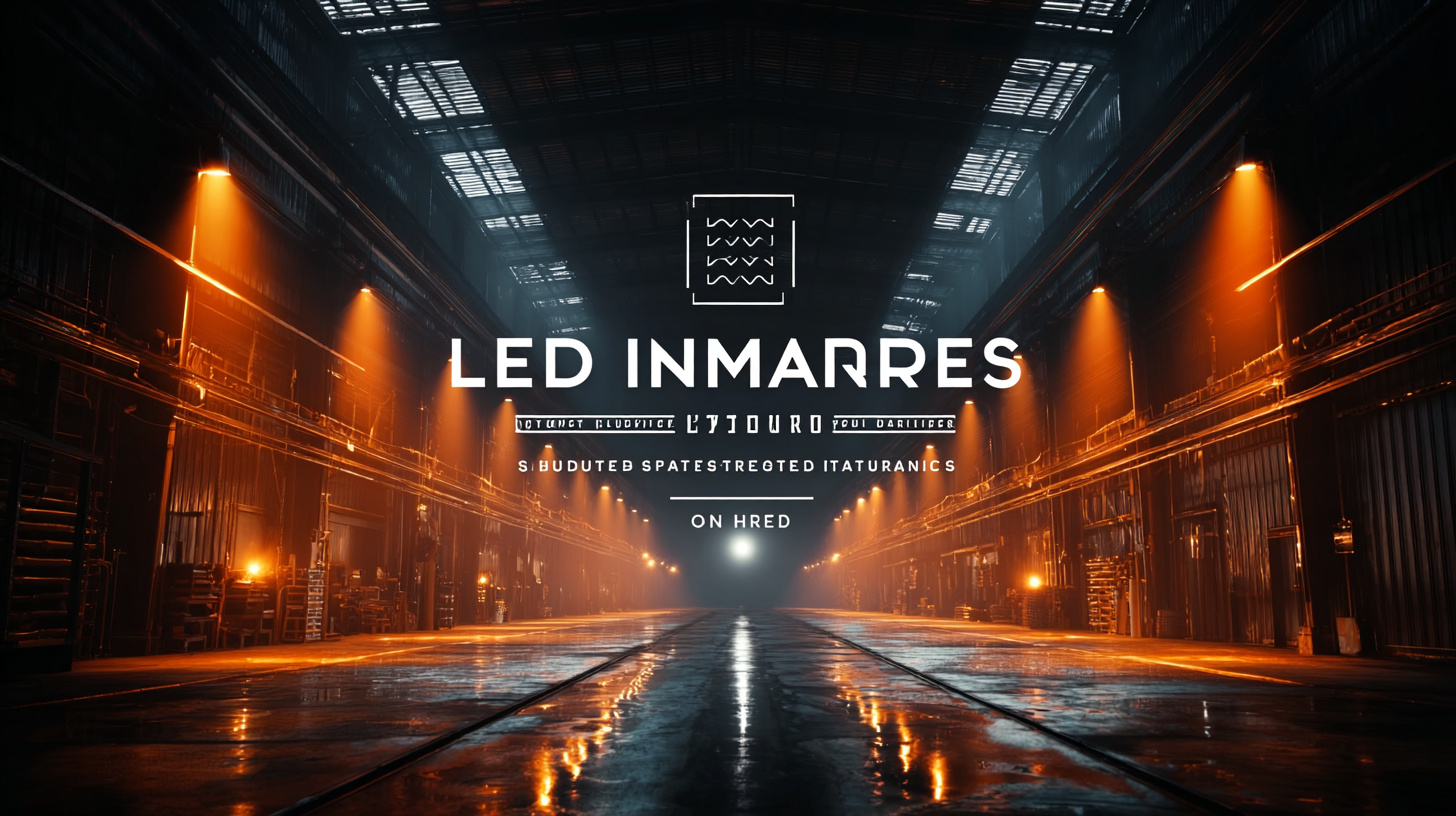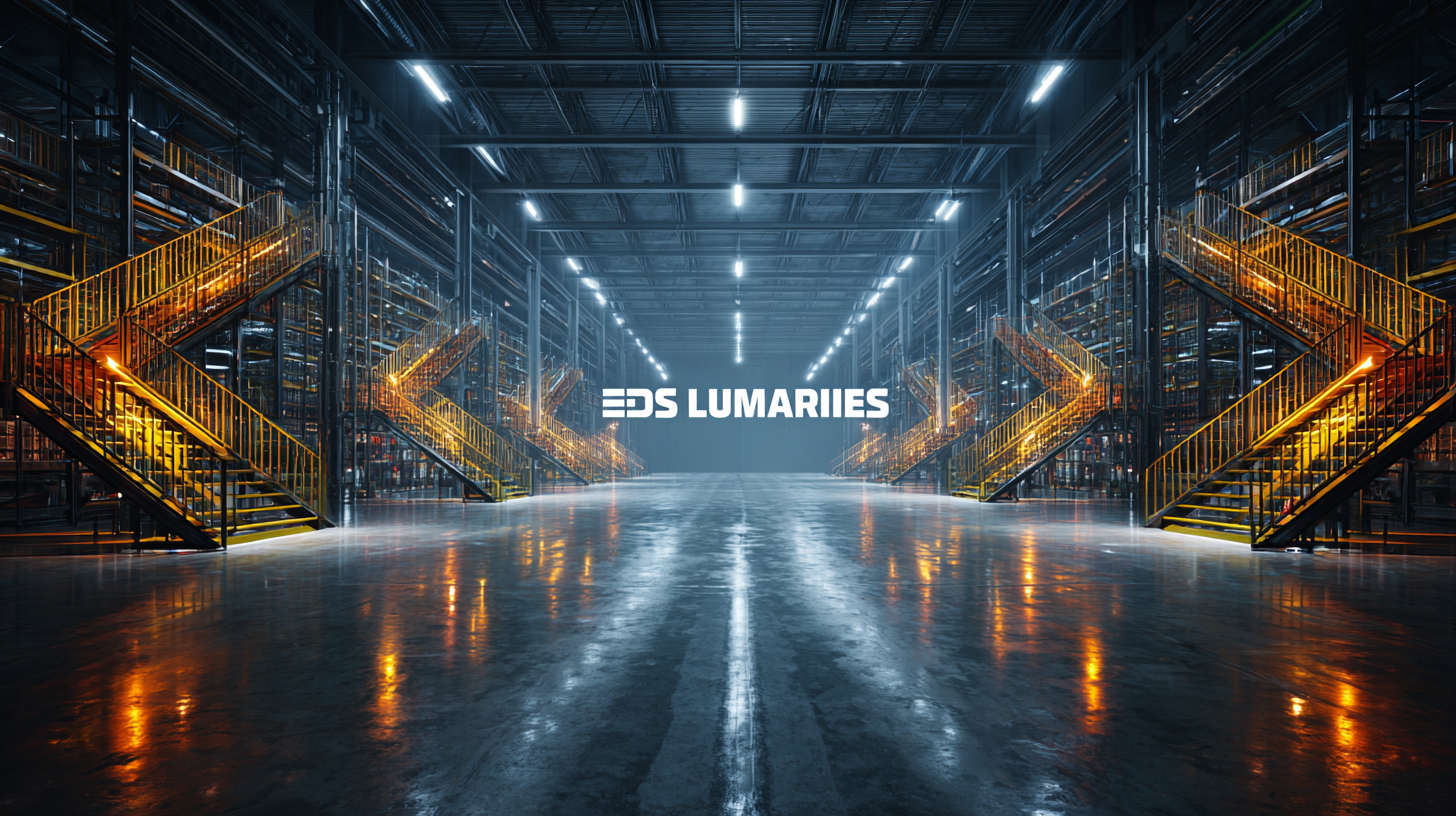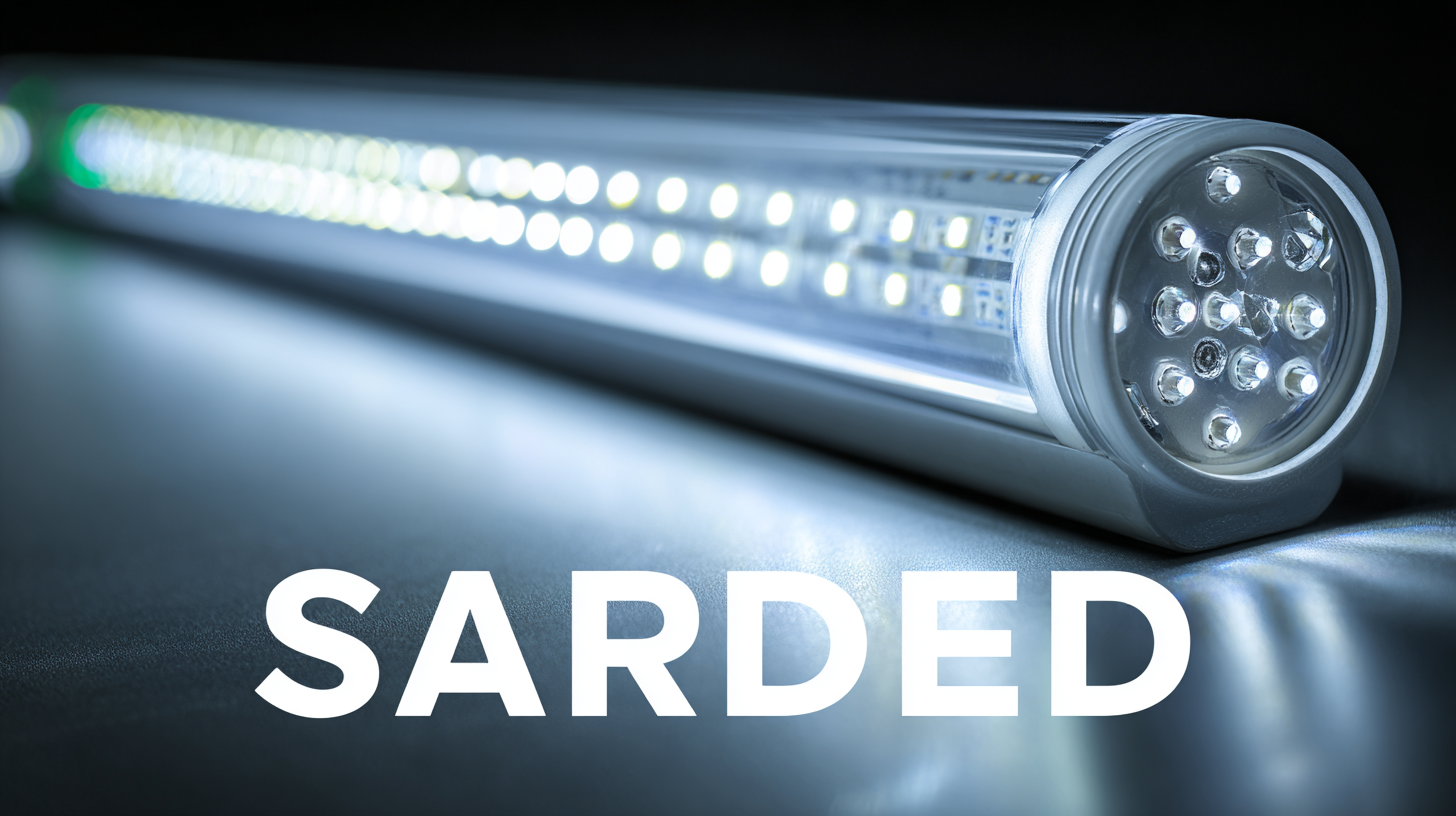Understanding Industry Production Standards for the Best LED Luminaires: A Comprehensive Guide
As the global demand for energy-efficient lighting solutions continues to rise, LED luminaires have emerged as a cornerstone of modern illumination technology. According to a report from the International Energy Agency, the global LED lighting market is expected to reach $105 billion by 2025, signifying a monumental shift towards sustainable lighting practices. With China's prominence in LED production, accounting for over 70% of the world's LED supply, understanding industry production standards becomes crucial for manufacturers aiming to compete on an international scale. This comprehensive guide will explore the essential standards that govern the production of LED luminaires, highlighting how quality assurance not only enhances product performance but also contributes to the global market success of Chinese brands. In an industry where innovation and compliance are key, navigating these standards is fundamental for achieving excellence and ensuring that LED luminaires meet the diverse needs of consumers worldwide.

Importance of Industry Standards in LED Luminaire Production
Industry standards play a critical role in the production of LED luminaires, ensuring safety, quality, and performance across the board. According to the International Electrotechnical Commission (IEC), over 70% of consumers prioritize compliance with recognized industry standards when purchasing lighting products. This compliance not only builds trust but also helps manufacturers avoid costly recalls and safety issues. For example, luminaires that meet the ANSI/IES standards are proven to offer more efficient energy consumption and longer lifespans, with performance metrics that demonstrate up to 30% higher efficacy in lumens per watt compared to non-compliant products.

Furthermore, adhering to industry standards facilitates smoother entry into global markets, as these standards often align with regulatory requirements in various regions. The Energy Star program, for instance, has mandated certain efficiency benchmarks, impacting about 30% of all LED lighting sales in the U.S. By aligning with such standards, manufacturers can enhance their market competitiveness while contributing to overall energy sustainability goals. As the LED market continues to expand, the importance of these standards will only grow, shaping the future landscape of lighting technology and consumer choice.
Overview of Certification Processes for LED Manufacturing
In the realm of LED manufacturing, understanding the certification processes is essential for ensuring that luminaires meet industry standards. Certification is not just about compliance; it guarantees quality, safety, and performance. During recent exhibitions like ISE 2025, professionals encountered cutting-edge LED video wall technology, showcasing the significant impact of adhering to recognized standards. These certifications encompass stringent testing procedures that evaluate everything from energy efficiency to light output, ensuring that products deliver optimal performance in various applications.
The evolving landscape of LED technology necessitates robust certification processes that keep pace with innovation. Manufacturers must navigate a complex web of international standards, which can vary widely depending on the market. In events such as Integrated Systems Europe, experts engaged in discussions about how adherence to these production standards can inspire new business horizons. As companies strive to differentiate themselves in a competitive marketplace, solid certification practices not only enhance consumer trust but also foster an environment of continuous improvement and innovation in LED products.
Key Features to Look for in High-Quality LED Luminaires
When selecting high-quality LED luminaires, there are several key features to consider that can significantly influence performance and longevity. One of the most critical aspects is the luminous efficacy, which is measured in lumens per watt (lm/W). According to the Department of Energy, the best LED models can achieve up to 200 lm/W, far surpassing traditional lighting options. A higher efficacy not only leads to brighter light with lesser energy consumption but also contributes to reduced electricity costs over time.
Another essential feature is color rendering index (CRI), which assesses how accurately colors appear under light. A CRI value above 90 is typically considered excellent, ensuring that spaces appear vibrant and true to color. Additionally, look for luminaires with a wide color temperature range, such as 3000K to 5000K, to enable versatile applications in different settings, whether residential or commercial.
**Tips:** When evaluating LED products, always check for certifications like Energy Star or the DesignLights Consortium (DLC) to ensure compliance with industry standards. Also, consider the thermal management design; good heat dissipation extends the luminaire's life and maintains optimal performance. Lastly, be mindful of warranty periods offered by manufacturers, as a longer warranty usually indicates confidence in the product's durability and quality.
Understanding Industry Production Standards for the Best LED Luminaires
| Feature | Description | Importance |
|---|---|---|
| Lumens Output | Measure of brightness; indicates how much light is produced. | Critical for assessing luminosity needed for specific spaces. |
| Color Temperature | Measured in Kelvin (K); defines the color of the light emitted. | Influences ambiance and is crucial for different applications. |
| Energy Efficiency | Ratio of light output (lumens) to energy input (watts). | Affects operational costs and sustainability efforts. |
| Lifespan | Expected working hours before significant performance drop. | Vital for long-term investment and maintenance planning. |
| CRI (Color Rendering Index) | Indicates how well colors appear under the light source. | Important for applications requiring accurate color perception. |
| Dimmability | Ability to reduce light output without flickering. | Enhances versatility in lighting design and energy savings. |
Insights into the Chinese Manufacturing Landscape for LEDs
The Chinese manufacturing landscape for LEDs plays a pivotal role in setting global production standards. As of 2023, China accounts for approximately 70% of the world's LED production, with key players such as NationStar and San’an Optoelectronics leading the charge. The country's rapid advancements in technology and efficiency have revolutionized the LED industry, enabling cost-effective and high-quality products that meet international standards. Recent reports from industry analysts indicate that the Chinese LED market is projected to reach USD 38 billion by 2025, driven by innovations in energy-efficient lighting solutions.
Tip: When sourcing LED luminaires, consider manufacturers that comply with international certifications like CE and RoHS. This ensures that the products not only meet safety standards but also use environmentally friendly materials.
In addition to robust manufacturing capabilities, China's emphasis on research and development is noteworthy. The government has invested heavily in initiatives to boost LED technology, aiming for breakthroughs in areas like smart lighting and energy management systems. As a result, these innovations not only enhance product performance but also foster sustainability in urban environments.
Tip: Always evaluate the supply chain of LED products. Opting for manufacturers with transparent sourcing and production practices can mitigate risks related to quality and compliance.

Global Trust and Reputation: How Standards Shape Consumer Confidence
In the competitive world of LED luminaires, global trust and reputation are fundamental elements driven by industry production standards. According to a report by the International Energy Agency (IEA), the global LED market is projected to grow at a compound annual growth rate (CAGR) of 13% from 2021 to 2026, highlighting the increasing consumer demand for high-quality lighting solutions. However, consumers are more likely to invest in products that adhere to recognized standards, as these benchmarks serve as a mark of quality and safety.
Industry standards, such as those set by the International Electrotechnical Commission (IEC) and the American National Standards Institute (ANSI), play a crucial role in ensuring product reliability and performance. A study conducted by the National Lighting Product Information Program indicates that 85% of consumers consider established certifications when making purchasing decisions. This level of awareness reinforces the idea that compliance with standards not only builds consumer confidence but also enhances brand reputation. As manufacturers invest in meeting these benchmarks, they not only foster trust but also contribute to a sustainable industry that prioritizes safety and efficacy.

